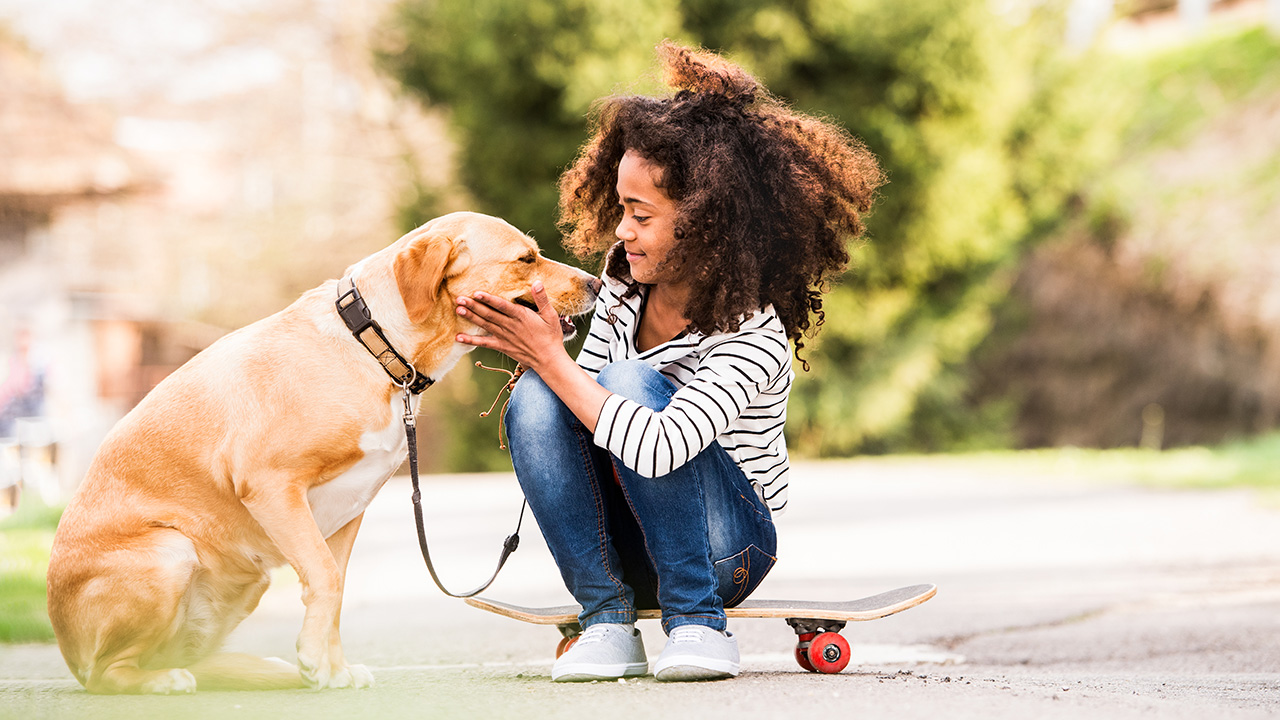- Doctors & Departments
-
Conditions & Advice
- Overview
- Conditions and Symptoms
- Symptom Checker
- Parent Resources
- The Connection Journey
- Calm A Crying Baby
- Sports Articles
- Dosage Tables
- Baby Guide
-
Your Visit
- Overview
- Prepare for Your Visit
- Your Overnight Stay
- Send a Cheer Card
- Family and Patient Resources
- Patient Cost Estimate
- Insurance and Financial Resources
- Online Bill Pay
- Medical Records
- Policies and Procedures
- We Ask Because We Care
Click to find the locations nearest youFind locations by region
See all locations -
Community
- Overview
- Addressing the Youth Mental Health Crisis
- Calendar of Events
- Child Health Advocacy
- Community Health
- Community Partners
- Corporate Relations
- Global Health
- Patient Advocacy
- Patient Stories
- Pediatric Affiliations
- Support Children’s Colorado
- Specialty Outreach Clinics
Your Support Matters
Upcoming Events
Colorado Hospitals Substance Exposed Newborn Quality Improvement Collaborative CHoSEN Conference (Hybrid)
Monday, April 29, 2024The CHoSEN Collaborative is an effort to increase consistency in...
-
Research & Innovation
- Overview
- Pediatric Clinical Trials
- Q: Pediatric Health Advances
- Discoveries and Milestones
- Training and Internships
- Academic Affiliation
- Investigator Resources
- Funding Opportunities
- Center For Innovation
- Support Our Research
- Research Areas

It starts with a Q:
For the latest cutting-edge research, innovative collaborations and remarkable discoveries in child health, read stories from across all our areas of study in Q: Advances and Answers in Pediatric Health.


The Benefits of Adding a Pet to the Family

Children’s Hospital Colorado child life specialist Sarah Scott, MS, CCLS, sees firsthand the impact a dog can have on a child.
Her closest coworker is not your typical doctor. He’s a special kind of “dogtor” — with four paws and a wagging tail. Galaxy is one of Children’s Colorado’s beloved medical dogs. Together, Scott and Galaxy team up to help kids cope with their hospital experience and ease the burden of hard conversations. Whether Galaxy is showing a nervous kid how to walk on a treadmill or climbing onto the hospital bed of a child recovering after surgery, Scott sees the power of the human-animal connection every day.
“I've watched kids' heart rates come down, and I've watched their bodies just calm as they’re rhythmically petting Galaxy,” Scott says. “We often say that our dogs are the biggest form of nonjudgmental support. It's neat to see the way that kids are willing to open up, and then how comfortable they feel. Often kids will share their feelings with Galaxy before they'll share them with me.”
If your family is considering adding a furry friend, there are many factors to consider, like when to add a pet and what type of animal would be the best fit for your family. Scott shares some benefits of pets for kids and other questions to answer before you add a new member to your family.
Benefits of growing up with a pet
Caring for a dog, cat or other family pet can teach a child responsibility, provide companionship, encourage emotional development and help with understanding loss and grief.
Learning responsibility
Pets provide a perfect opportunity for children of any age to start practicing and learning about responsibility. Whether it’s a 2-year-old filling up the cat’s food bowl with a little help from an adult or a 16-year-old taking the dog for their daily walk, specific responsibilities can be tailored to each age group.
“Learning responsibility with a pet is a great incentive,” Scott says. “As soon as you are doing something for an animal, you're learning not only the responsibility of having to feed them and do all these things, but you're also learning about cause and effect — you’re feeding them, because that helps them thrive and keeps them healthy, just like your mom or dad feeds you to keep you healthy.”
Scott says it’s important to add in the ‘why’ element to the conversation. Why do we feed our pets? Why do we help them get exercise? “Kids can never be too young to start learning that,” Scott says.
Companionship
In a time where kids are experiencing increased feelings of loneliness, trying to fit in and figure out belonging, a pet can provide the perfect loyal companion to teach nonjudgmental support. Anytime a child is helping care for an animal, they are fostering a level of attachment.
"I think that the element of companionship is significant. When kids can come home and they've had a hard day, but there's this nonjudgmental animal, whether it's a dog or a cat or a different animal,” Scott says. "I think that pet offers an opportunity for friendship and companionship that can really help fill a gap for kids who may be facing different challenges. There's no expectation beyond being loved and cared for. And that's a relationship that's so healthy for anyone to practice.”
Emotional development
Along with supporting emotional regulation, a pet can help encourage emotional development through nurturing empathy and compassion. Having a pet in the house can teach kids from a young age how to read body language and other nonverbal cues and develop senses for reading others’ emotions and learning how to respond. They can learn how to tell when a pet wants to be approached, the best way to interact with that pet and how that approach might differ from animal to animal, Scott explains.
Developing these skills in relation to pets can also support children in navigating human relationships. “The adult in the room is helping navigate that, but that's teaching skills that are helping their emotional development in little ways because they might be learning skills that are helping them to emotionally engage with peers or siblings.”
A pet can help with emotional regulation, too. Studies have shown rhythmically petting your dog, cat or animal can help lower stress and anxiety and regulate a person’s heart rate. If a kid feels overwhelmed, you can have them pet their animal companion slowly to help them regulate their emotions.
Additionally, having a pet can encourage kids to get outside, which in turn can support emotional regulation and overall mental health. That’s because exercise helps kids experience an increase in self-esteem and a decrease in anxiety and depression, according to experts. Getting outside together can also support pet health by ensuring that they maintain a healthy weight, ward off illness and live longer.
Understanding loss and grief
“The way that each child first engages with loss is different, so it might be a grandparent, but oftentimes it’s a pet,” Scott says. “If that’s the case, I think that it’s an important opportunity to teach kids about loss and grief, because we know they will encounter this again later in their life. So, this provides an environment to teach them using developmentally appropriate language.”
Scott and the child life team’s biggest advice for talking with kids about grief and loss is to be honest and use developmentally appropriate language.
For a two-year-old, this means sticking to simple talking points and being prepared to repeat them each time they ask. Avoid making up a story about the dog going away to a farm or that they went to sleep. This can look like, “[Pet’s name] was very old and got sick, and his body stopped working. He can’t run or play with us anymore. He can’t be here to eat meals with us.” They might ask you the same questions every day about where the pet went, and you can respond with your simple talking point and let them feel whatever emotions come to the surface. Scott acknowledges this can be really hard, but it can set the child up for success with handling grief in the future.
For an older child, you can use similar language, but be prepared for them to understand more about the situation. They might have additional questions about what happened to their pet.
“With an adolescent, they’re very aware of what death is,” Scott says. “Invite them to have some involvement depending on their comfort level and their level of attachment to the animal, then be prepared for more questions. Emotions are OK, and you as a caregiver don’t need to hide your emotions either because it’s actually really healthy for a teenager to see that you are also really sad.”
As a family, you can discuss different ways to remember or honor the pet if your child is looking to get more involved.
When is the right time to add a pet to the family?
This is a personal decision that will vary from family to family. Some families choose to introduce a pet once children are older and able to take on more responsibility, while others opt to add the new family member when kids are younger. The key is to gauge the adult’s capacity to care for the animal, depending on what phase of life you are in, in addition to the cost of caring for your pet of choice.
Some families who already have a pet might choose to add a second animal to the family as their first pet gets older. Other families choose to create space and time after the death of a pet before adding another animal. There is no right answer, and the best decision will depend on your family's unique situation.
What kind of pet is right for your family?
The answer to this question also depends on a few considerations. First, gauge the time that your family can commit to a new pet, especially the caregivers. Are you getting a dog that requires daily walks, playtime and meals, or are you ready for a goldfish that only needs feeding and occasional tank water changes?
You want to add an animal that will fit in with your family's lifestyle. For example, many rescue organizations can assist with matching a family with a dog that suits what they're looking for in a pet, considering temperament of different breeds, exercise requirements and space available in your home.
Also keep in mind that your child could have allergies that you aren’t yet aware of, so it may be a good idea to expose them to animals early, whether through pet sitting, visiting with the pets of friends and family, petting zoos or other interactions with animals in public.
Pet safety
When teaching kids how to own and care for animals, pet safety should be top of mind. First and foremost, kids should learn how to approach animals with safety and respect. At Children’s Colorado, Scott says that she uses Galaxy to help teach patients what to do when they approach a new animal.
“I'll say, ‘I'm giving you permission to give Galaxy a hug because he loves hugs. But if you were to meet another animal, what might be some different ways to engage with them?’ And so that's always good to practice with a pet at home, because obviously kids get comfortable with their pets,” Scott says.
One of the strategies she teaches with Galaxy is putting out her hand first before reaching to pet the animal. Since every animal is different, it’s best to teach your child to start out cautiously, where they can gauge what the animal may want or need. “It's always good practice with a dog or a cat — really any animal on four legs — to put your hand out first so they can sniff it, then ask the owner or the adult with the animal, ‘can I pet them?’”
This practice keeps both kids and animals safe and ensures that they can engage in a mutually respectful way.
Another way to keep kids safe when interacting with animals is to make sure they’re practicing hand hygiene. According to the Centers for Disease Control and Prevention, children under the age of 5 should avoid contact with reptiles, amphibians, rodents and poultry, such as chicks or ducks. That’s because young children are more likely to get sick from the germs these animals carry, so avoiding contact is the best way to prevent illness. Additionally, kids in this age range are more likely to experiment with putting things in their mouth, which increases the risk of them coming into contact with animal feces or other germs. To avoid these mistakes, always supervise your children when they’re around animals.
Preparation is key
If you are considering adding a new pet to the family, preparation is key. Make sure your living space is set up with the supplies you will need before bringing your new addition home, including food, bowl, leash, collar and crate or carrier, as well as toys, treats and other products to actively engage with your pet. This also includes setting aside time in your new schedule to take care of your new pet or to focus on needed training, such as potty training for dogs. If your family is bringing home a new baby, our experts have tips for introducing your pet to your new bundle of joy.



 720-777-0123
720-777-0123






